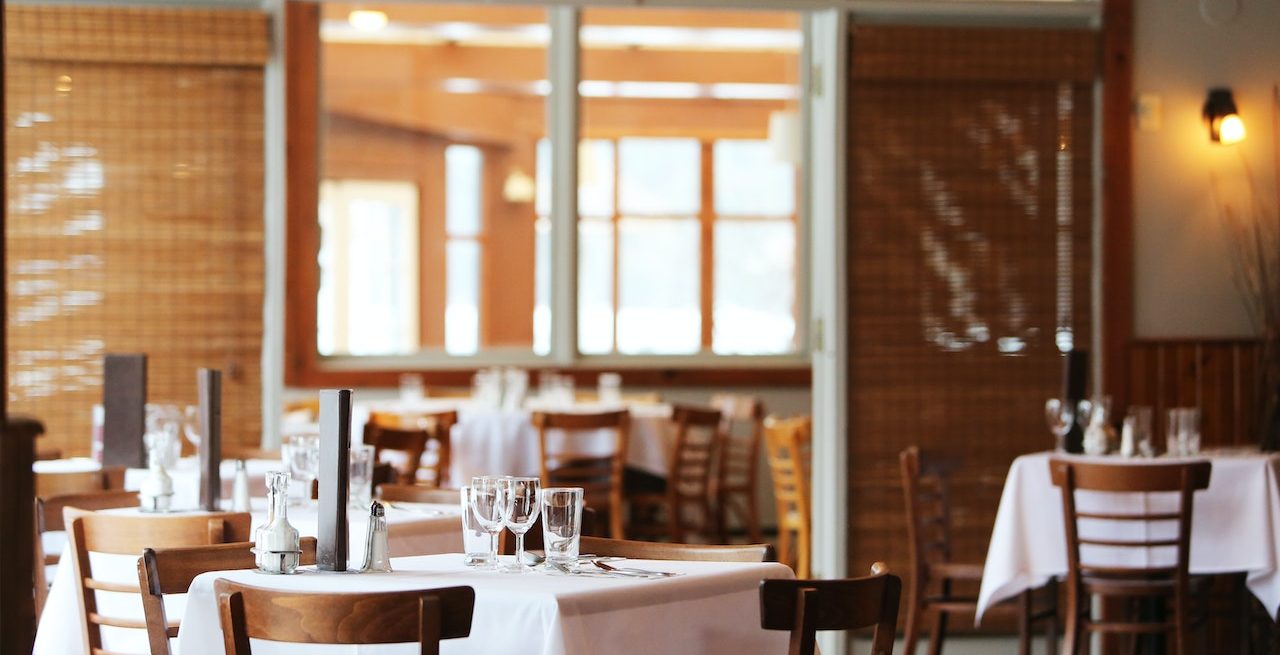Leverage Technology that Streamlines Your Back-Office Work
4 Min Read By Hillary Holmes
You became a manager to build an effective team and connect with your guests. You envisioned leading your staff as they created amazing experiences for everyone that steps foot into your restaurant. But you didn't sign up for all the time-consuming back-office work.
Behind the scenes, managers spend countless hours dealing with tip distributions, creating weekly schedules in spreadsheets, and doing the dreaded payroll twice a month. But the back-office duties don't stop there. These days, you also have to read and respond to guest reviews on multiple platforms, look for ways to finance restaurant projects, and dig through reports so you can monitor labor performance and daily sales.
Handling these responsibilities and spending time on the floor can feel like an impossible circus act. You're juggling 10 to 15 balls at a time. Some are glass and will shatter on impact. Others are plastic and can sustain a drop. More often than you'd probably like to admit, the admin…
Sorry, You've Reached Your Article Limit.
Register for free with our site to get unlimited articles.
Already registered? Sign in!


